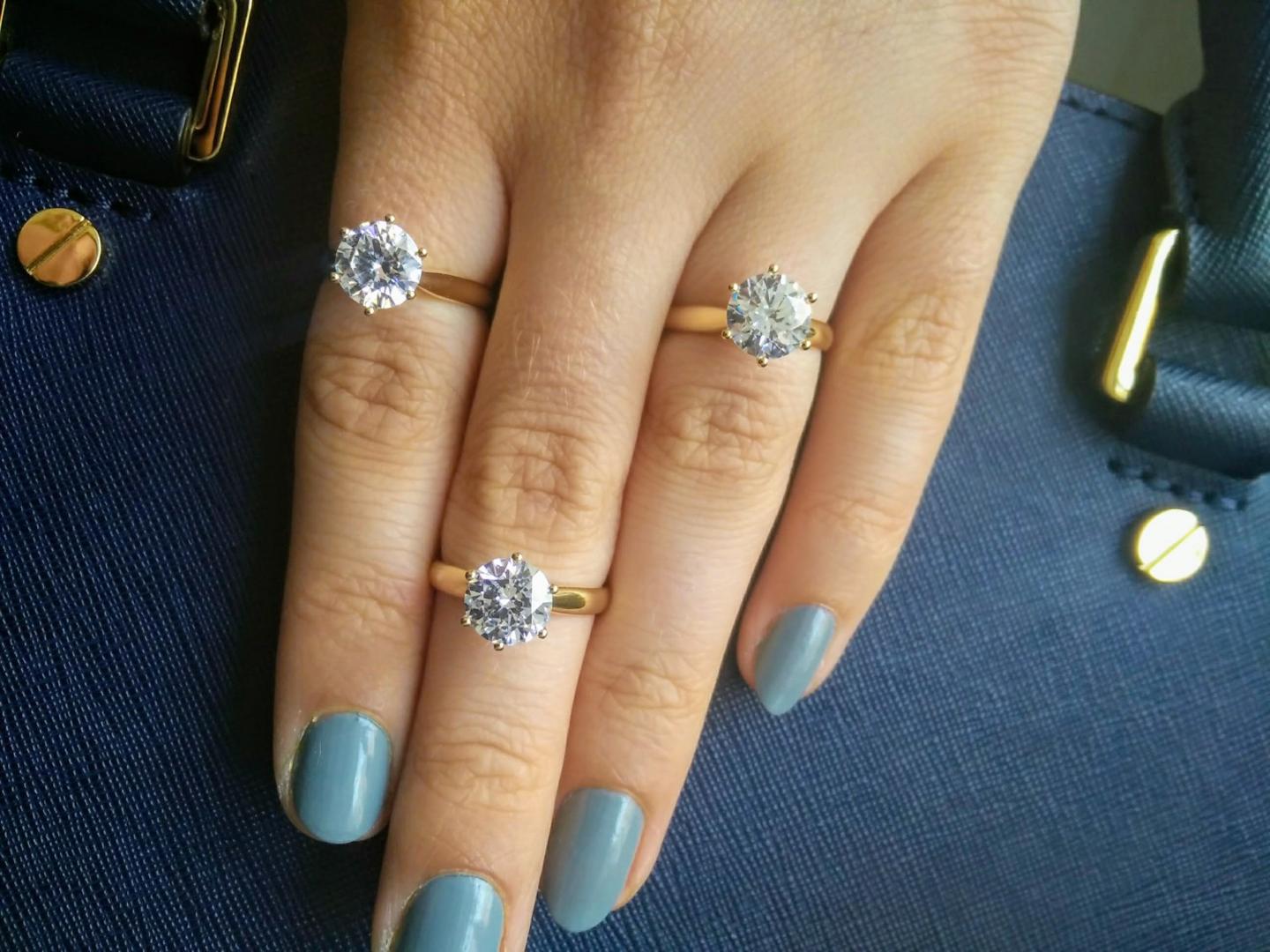Introduction
So, you’ve heard about lab-grown diamonds, huh? Wondering what they’re made of and how they stack up against the real deal? Well, buckle up, because we’re about to dive deep into the fascinating world of lab-created diamonds and uncover their composition.
What are Lab-Grown Diamonds?
Understanding the Basics
Before we get into the nitty-gritty details, let’s make sure we’re all on the same page. Lab-grown diamonds, also known as synthetic or cultured diamonds, are created in a controlled environment that mimics the natural conditions under which diamonds form in the Earth’s crust.
The Growth Process
Unlike natural diamonds, which take millions of years to form deep within the Earth, lab-grown diamonds are produced in a matter of weeks using advanced technological processes. These processes involve either High Pressure High Temperature (HPHT) or Chemical Vapor Deposition (CVD) methods.
The Composition of Lab-Grown Diamonds
Carbon, Carbon, and More Carbon
At the heart of every diamond, Composicion de diamantes de laboratorio, whether natural or lab-grown, lies carbon. Yep, you read that right – diamonds are essentially just carbon atoms arranged in a crystal lattice structure.
The Role of Carbon
Carbon atoms bond together in a tetrahedral structure, forming the characteristic hardness and brilliance that diamonds are known for. In lab-grown diamonds, the carbon source is often a small, carefully controlled amount of carbon-rich gas.
Additional Elements
While carbon is the primary ingredient, lab-grown diamonds may also contain trace elements that can affect their color and clarity.
Nitrogen and Boron
Nitrogen and boron are two common impurities found in both natural and lab-grown diamonds. Nitrogen can impart a yellow or brown tint to the diamond, while boron can result in a blue hue.
Other Trace Elements
In addition to nitrogen and boron, lab-grown diamonds may contain trace amounts of elements such as hydrogen, oxygen, and silicon. These elements can influence the diamond’s properties and appearance.
Comparing Lab-Grown and Natural Diamonds
Are They Really the Same?
One of the biggest questions surrounding lab diamonds is whether they’re identical to their natural counterparts.
The Answer: Pretty Darn Close
In terms of composition, lab-grown diamonds are virtually indistinguishable from natural diamonds. Both are made primarily of carbon and can contain similar trace elements.
The Differences
While the composition may be similar, there are a few key differences between lab-grown and natural diamonds.
Growth Environment
Natural diamonds form deep within the Earth’s mantle under immense heat and pressure, while lab-grown diamonds are created in a controlled laboratory setting.
Timeframe
Natural diamonds take millions of years to form, whereas lab-grown diamonds can be produced in a matter of weeks.
Cost
Lab-grown diamonds are often more affordable than their natural counterparts, making them an attractive option for budget-conscious consumers.
Conclusion
So, there you have it – the lowdown on the composition of lab-grown diamonds. While they may be created in a lab rather than forged deep within the Earth, these diamonds are still the real deal when it comes to beauty and brilliance. Whether you’re drawn to their ethical appeal, environmental benefits, or simply their stunning sparkle, lab-grown diamonds are proving to be a shining star in the world of jewelry.


